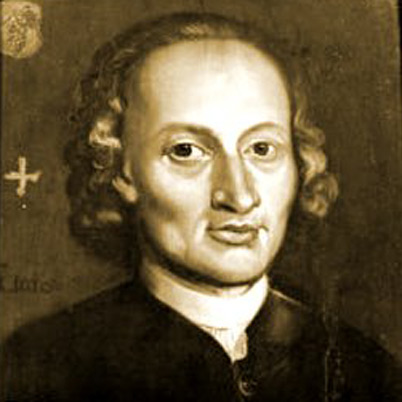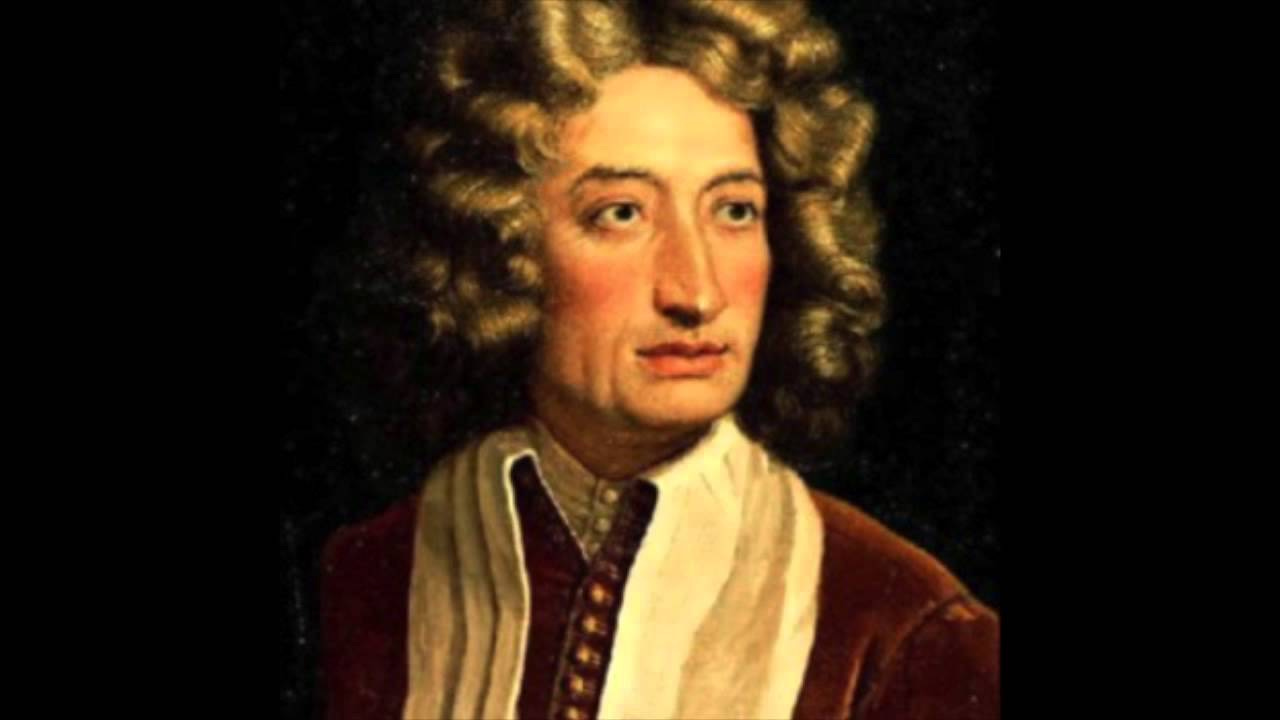Johann Pachelbel: The Life and Legacy of a Baroque Master
Johann Pachelbel (1653–1706) stands as one of the most influential composers of the German Baroque era. Best known today for his timeless Canon in D, Pachelbel’s work extended far beyond this famous piece. He was a master of counterpoint, a skilled organist, and a composer who left a profound mark on sacred and secular music in Germany. His music bridged generations and influenced later giants, including Johann Sebastian Bach.

Early Life and Education
Johann Pachelbel was born on September 1, 1653, in Nuremberg, Germany, a city rich in culture and musical tradition. From an early age, Pachelbel exhibited exceptional musical talent. He received his first musical education from the local grammar school and quickly progressed to more formal studies.
He studied music under several prominent teachers and later enrolled at the University of Altdorf in 1669. Although financial constraints prevented him from completing his studies there, his abilities earned him a position as organist at St. Lorenz in Altdorf. Shortly after, he studied at the Gymnasium Poeticum in Regensburg, where he was granted special support due to his exceptional abilities.
Professional Career
Pachelbel’s career unfolded in several important musical centers of the German-speaking world. His reputation as an organist and composer grew steadily throughout his life.
Vienna (1673–1677)
In the early 1670s, Pachelbel moved to Vienna, a key cultural capital of Europe. There, he worked as deputy organist at St. Stephen’s Cathedral. This period exposed him to the rich traditions of Catholic church music and the works of Italian composers like Frescobaldi and Corelli, which deeply influenced his compositional style.
Eisenach and Erfurt (1677–1690)
In 1677, Pachelbel returned to Germany and took up the position of court organist in Eisenach, the birthplace of Johann Sebastian Bach. There, he met the Bach family and became close with Johann Ambrosius Bach, J.S. Bach’s father. Pachelbel even became godfather to one of Johann Ambrosius’s daughters.
From 1678, Pachelbel served as the organist at Predigerkirche in Erfurt, where he composed many of his sacred works. His time in Erfurt was extremely productive and solidified his reputation as one of the finest organists in Germany.
Return to Nuremberg (1695–1706)
After holding various prestigious posts, including in Stuttgart and Gotha, Pachelbel returned to his hometown of Nuremberg in 1695 to serve as organist at St. Sebaldus Church, a position he held until his death. During this final period, he continued to compose prolifically, producing keyboard music, choral works, and chamber compositions.
Musical Style and Legacy
Johann Pachelbel’s music is marked by clarity, elegance, and emotional depth. He composed over 200 works, including:
- Organ chorales and fugues
- Sacred vocal music
- Chamber music
- Keyboard suites and variations
While his Canon in D has overshadowed much of his other music, it is just one example of his sophisticated approach to harmony and form. The Canon exemplifies his skill in ostinato bass lines and imitation, techniques that were widely admired in the Baroque era.
Pachelbel’s contributions to chorale preludes and fugues influenced many later composers. His structured yet expressive style helped shape the development of German Protestant music. Perhaps most significantly, his teaching and musical example had a direct impact on the young Johann Sebastian Bach, whose brother Johann Christoph Bach was one of Pachelbel’s students.
Personal Life
Johann Pachelbel married twice. His first wife and their child died in 1683 during a plague epidemic. He later remarried and had several children. One of his sons, Wilhelm Hieronymus Pachelbel, followed in his father’s footsteps as a composer and organist.
Pachelbel died on March 3, 1706, in Nuremberg, leaving behind a legacy that would echo through centuries of Western music.
Enduring Influence
Though Pachelbel’s fame waned after his death, the rediscovery of his Canon in D in the 20th century brought his name back into the public consciousness. Today, his music is celebrated not only for its technical mastery but also for its serene beauty and emotional resonance.
Whether in wedding ceremonies, concert halls, or study playlists, Johann Pachelbel’s music continues to captivate listeners around the world. He remains a key figure in the history of Baroque music and a composer whose work transcends time.

Comments are closed